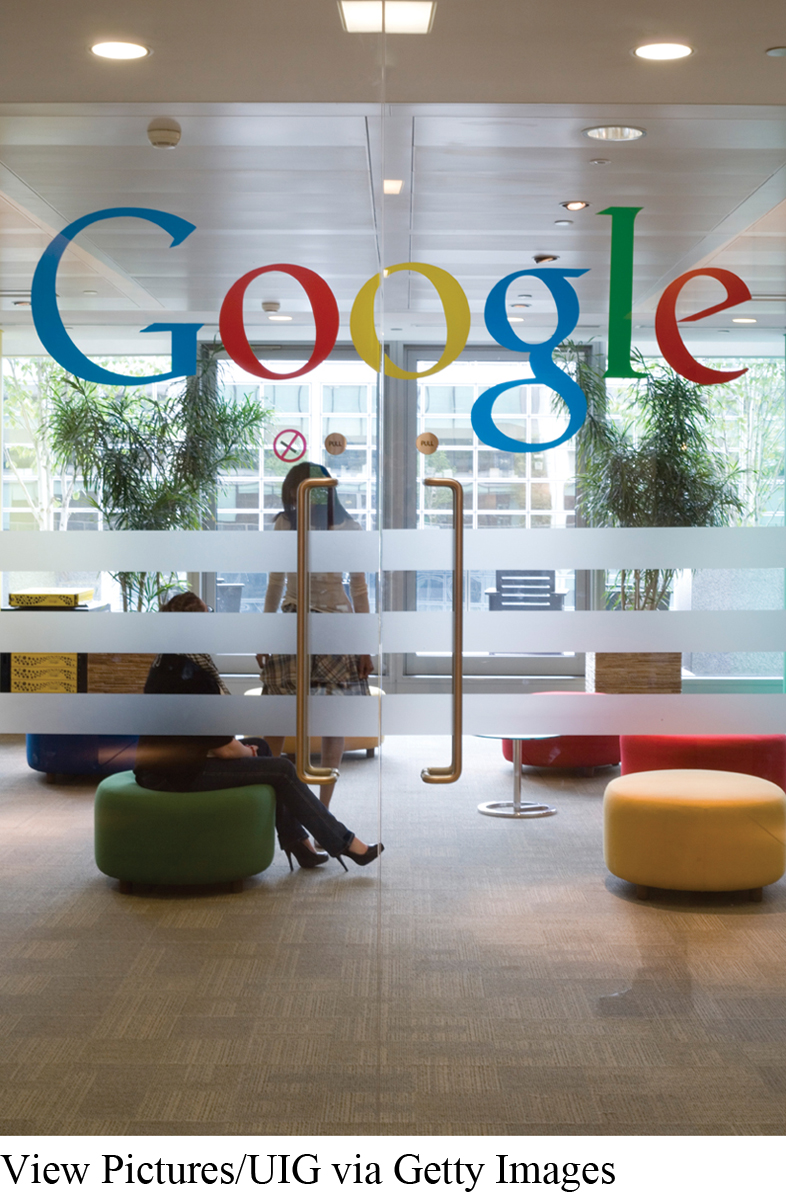Chapter 13 Introduction
THE BUSINESS OF MASS MEDIA
13
Media Economics and the Global Marketplace

Some of today’s biggest mass media corporations have long histories in which they adapted to various technological changes, including the mass media’s recent digital turn. The Warner Brothers part of the current Time Warner conglomerate got its start in 1903, when three brothers established their first movie theater in Cascade, Pennsylvania. Disney started in the back area of a small Los Angeles real estate office in 1923, producing animated shorts as the Disney Brothers Studio. NBC started out in 1926 as a radio network formed by RCA (founded in 1919) and is currently a part of NBC Universal, which is a subsidiary of cable and broadband giant Comcast (founded with just over a thousand cable subscribers in Mississippi in 1963). CBS, another major media corporation, began as a small radio network—
There can be big advantages to having the resources, name recognition, and established political connections that come with being a long-
Google traces its origins to 1995, when Stanford student Sergey Brin was assigned to show prospective student Larry Page around campus. A year later, the pair were collaborating on a prototype search engine; and in 1997, they registered the domain name “Google.com”—a play on the mathematical word googol (the number written out as a one followed by one hundred zeros). In 1998, the pair officially registered the company as an entity and hired their first employee. The company proceeded to grow at a startling pace, adding an increasing amount of services and features every few months, including AdWorks in 2000, Images in 2001, Google Shopping in 2002, Gmail in 2004, Google Maps and a mobile search app in 2005, the Android mobile operating system and Chrome browser in 2008, the first Nexus mobile device and Google TV in 2010, Chromebooks in 2011, Chromecast in 2013, and prototypes of self-
If anything, YouTube is even more of a digital age success story in terms of speedy accomplishments. The three founders—
The economic impact of a video-
The logistics behind the rise of digital conglomerates like Google and its subsidiary may be different from those behind traditional mass media companies like Time Warner or Disney, especially in the speed with which they get results. But the enormous flow of money and substantial power over the media landscape make the economics of these relative newcomers just as important when studying the media.
THE MEDIA TAKEOVERS, MULTIPLE MERGERS, AND CORPORATE CONSOLIDATION over the last two decades have made our modern world very distinct from that of earlier generations—
In this chapter, we examine the economic impact of business strategies on various media. We will:
Explore the issues and tensions that are part of the current media economy
Examine the rise of the Information Age, distinguished by flexible, specialized, and global markets
Investigate the breakdown of economic borders, focusing on media consolidation, corporate mergers, synergy, deregulation, and the emergence of an economic global village
Address ethical and social issues in media economics, investigating the limits of antitrust laws, the concept of consumer control, and the threat of cultural imperialism
Examine the rise of new digital media conglomerates
Consider the impact of media consolidation on democracy and on the diversity of the marketplace
As you read through this chapter, think about the different media you use on a daily basis. What media products or content did you consume over the past week? Do you know who owns them? How important is it to know this? Do you consume popular culture or read news from other countries? Why or why not? For more questions to help you understand the role of media economics in our lives, see “Questioning the Media” in the Chapter Review.